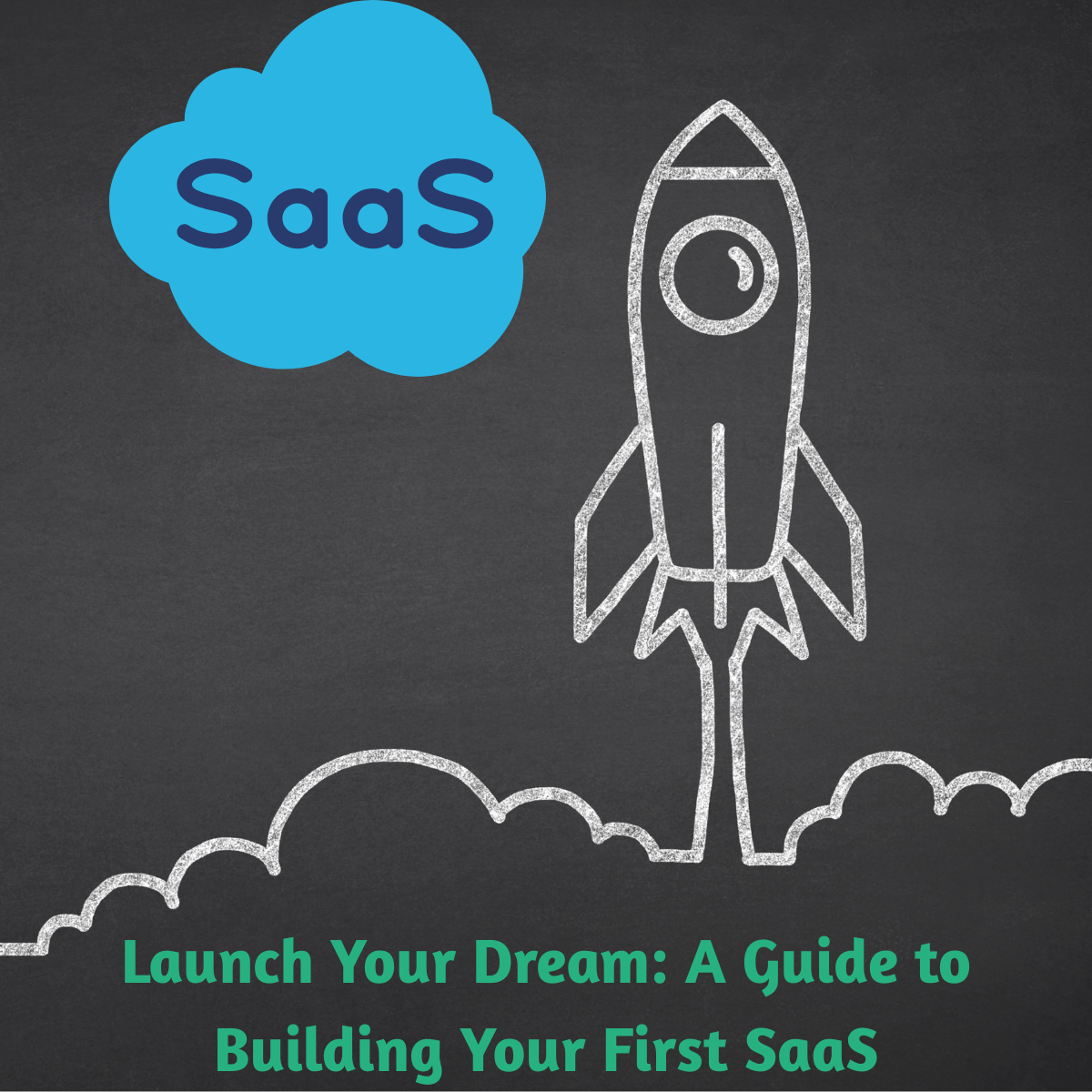Posted At: Aug 16, 2025 - 324 Views

From Idea to Launch: The Journey of Building Your First SaaS Product
Building your first Software as a Service (SaaS) product can be an exciting yet daunting endeavor. The journey from idea to launch involves multiple stages, each requiring careful planning and execution. Here’s a detailed roadmap to guide you through this process.
1. Ideation: Finding Your Niche
Identify the Problem
Start by identifying a problem that your potential users face. Conduct surveys, interviews, and market research to understand their pain points. This foundation will help ensure that your SaaS product addresses a real need.
Market Research
Analyze existing solutions to identify gaps in the market. Study competitors and gather insights into their strengths and weaknesses. This will help you position your product effectively.
Define Your Unique Value Proposition (UVP)
What makes your product different? Clearly articulate your UVP. This could be superior functionality, a more user-friendly interface, or competitive pricing. Your UVP will be crucial for attracting users.
2. Planning: Mapping Out Your Strategy
Define Your Target Audience
Determine who your ideal users are. Create user personas to visualize their demographics, preferences, and challenges. This understanding will guide your design and marketing strategies.
Create a Product Roadmap
Outline the features and functionalities you want to include in your MVP (Minimum Viable Product). Prioritize these based on user needs and market demands. A clear roadmap will keep you focused during development.
Set a Budget
Estimate the costs involved in building your SaaS product, including development, marketing, and operational expenses. Consider funding options, whether self-funding, seeking investors, or applying for grants.
3. Development: Turning Ideas into Reality
Choose the Right Technology Stack
Select the technologies that best suit your product requirements. Consider factors like scalability, security, and ease of development. Popular tech stacks for SaaS include:
- Frontend: React, Angular, Vue.js
- Backend: Node.js, Ruby on Rails, Django
- Database: PostgreSQL, MongoDB, MySQL
Build Your Team
Depending on your skills, you may need to hire developers, designers, and marketers. Look for individuals who share your vision and are excited about your project.
Agile Development Methodology
Implement an agile approach to development, allowing for iterative progress and flexibility. Break the project into sprints, focusing on delivering small, functional parts of the product at a time.
4. Testing: Ensuring Quality and Usability
User Testing
Conduct usability tests with real users to gather feedback on functionality and design. Observe how they interact with your product to identify areas for improvement.
Quality Assurance
Implement rigorous QA processes to catch bugs and ensure performance across different devices and browsers. A reliable product is essential for gaining user trust.
Iterate Based on Feedback
Use the feedback collected during testing to refine your product. Continuous iteration will help you build a more user-friendly and robust solution.
5. Launch: Bringing Your Product to Market
Develop a Launch Plan
Create a comprehensive launch plan outlining marketing strategies, channels, and timelines. Consider pre-launch activities like beta testing to generate interest and gather early feedback.
Build Your Online Presence
Set up a professional website and optimize it for SEO. Use social media, content marketing, and email campaigns to build an audience and create buzz around your product.
Official Launch
Announce your product launch through press releases, social media, and email newsletters. Consider hosting a launch event or webinar to engage potential users directly.
6. Post-Launch: Growth and Optimization
Gather User Feedback
Once your product is live, actively seek feedback from users. Use surveys and direct communication to understand their experiences and suggestions.
Monitor Analytics
Track key performance indicators (KPIs) such as user engagement, churn rate, and revenue growth. Analytics tools can provide valuable insights into user behavior and product performance.
Continuous Improvement
Use the insights gained from user feedback and analytics to make data-driven decisions. Regularly update and improve your product to meet evolving user needs and market trends.
Conclusion
Building your first SaaS product is a challenging yet rewarding journey. From ideation to launch, each stage requires careful planning, execution, and a focus on user experience. By following this roadmap and remaining adaptable, you can successfully navigate the complexities of creating a SaaS product that not only meets user needs but also stands out in the market. Embrace the process, learn from feedback, and watch your idea transform into a thriving business!
